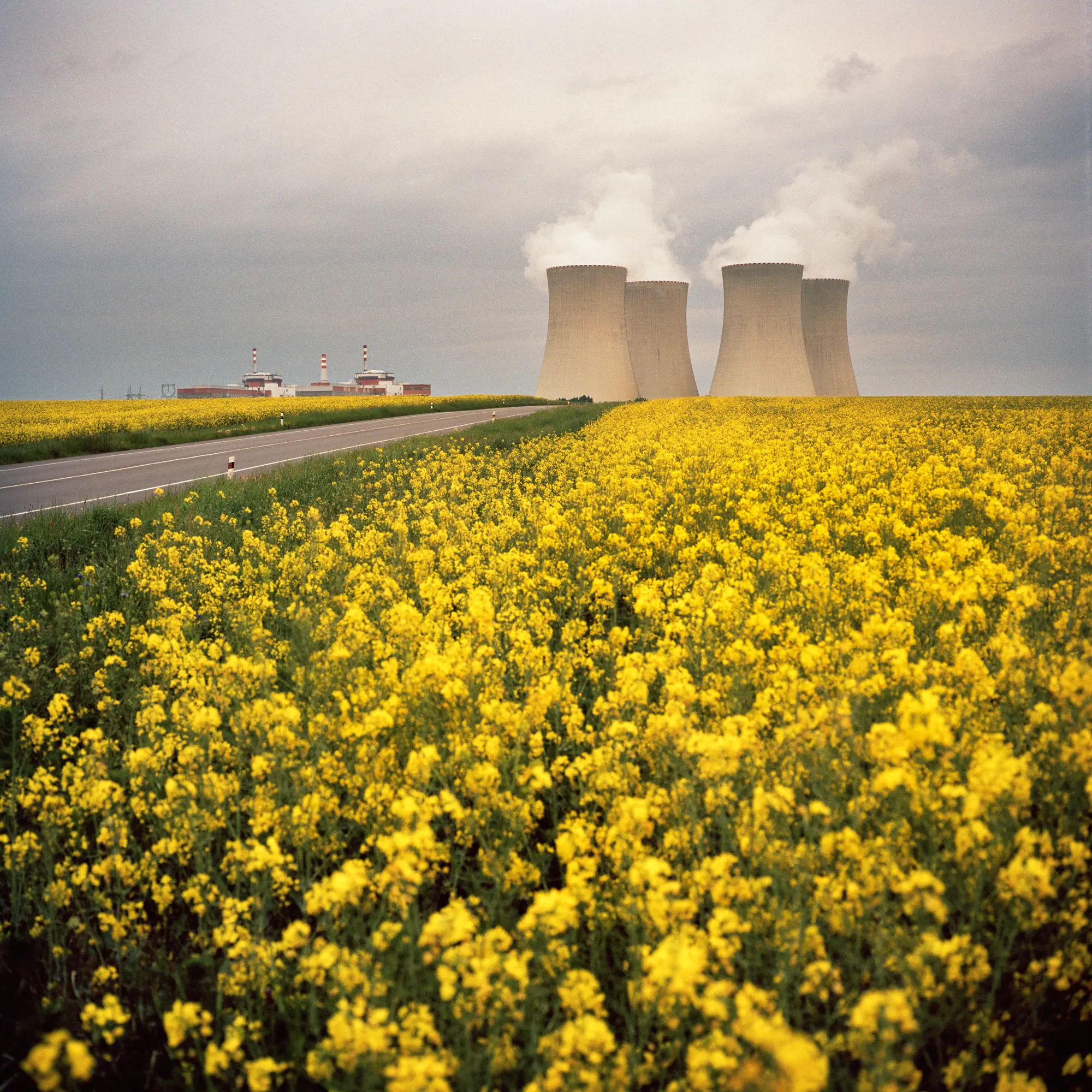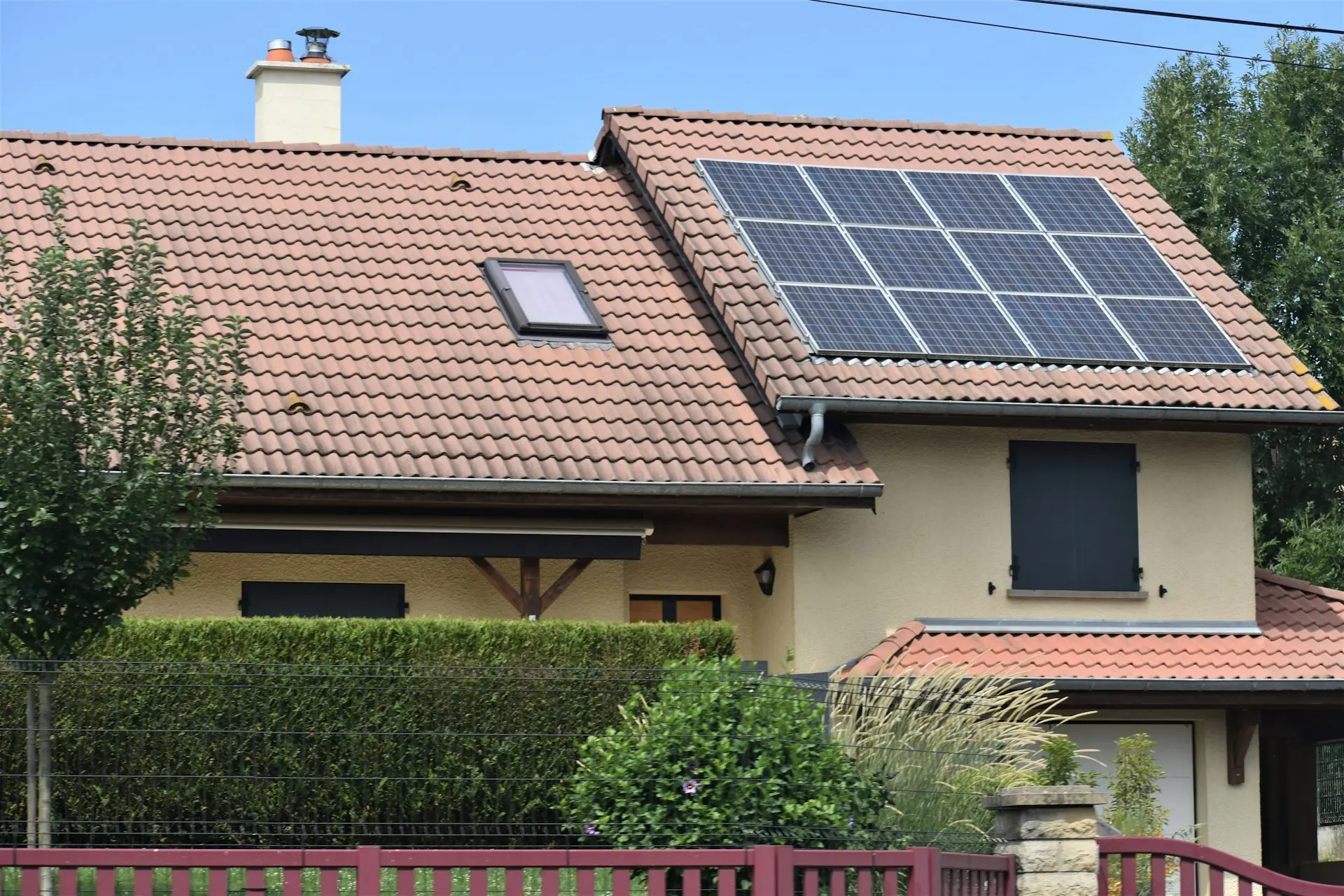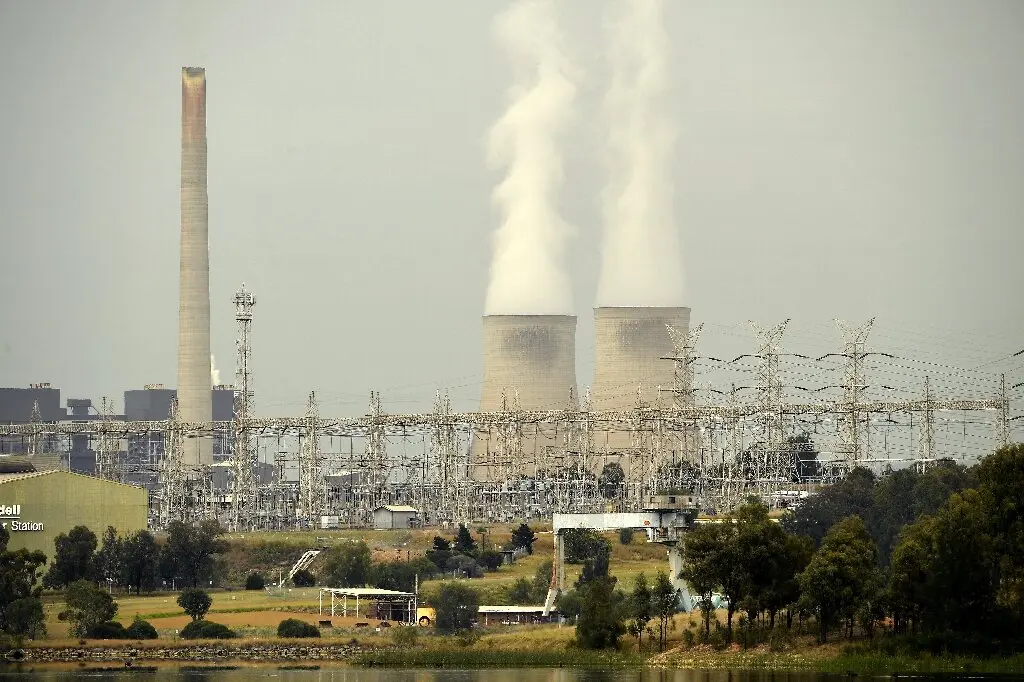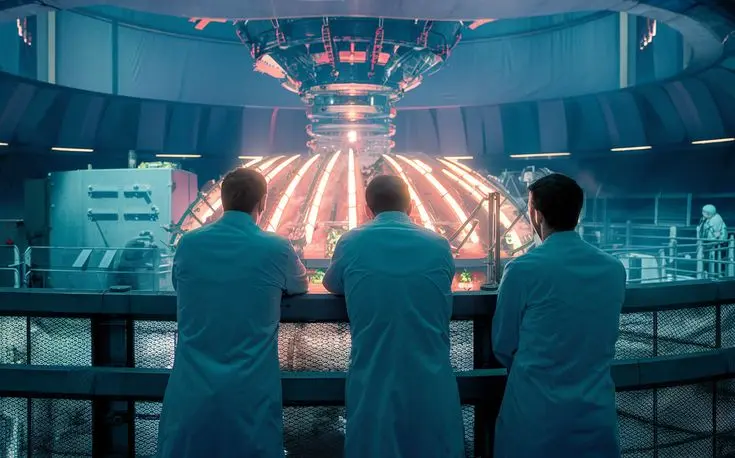Climate Change
My Plans for Climate Change in Wentworth
Climate change is an issue we are all firmly aware of, but our primary focus is in the wrong place. Most people address the rising global temperature and attempt to combat that. Instead, we should aim to lower our global temperature AND reduce the harmful chemical emissions we emit into our atmosphere every day, which both contribute to our rising global temperature and create a range of health issues for us and our future generations.
My Key Actions:
1. Integrating nuclear energy into our power grids
2. Making solar panels more affordable for homeowners
3. Raising awareness of the wide-ranging negative effects climate change has on both people and the planet
4. Putting funds into the future of renewable energy: Fusion energy
Why Nuclear Energy?
The word "nuclear" has a very negative stigma around it, and for good reason. Nuclear weapons are extremely dangerous, and when talking about nuclear power, the first things people think about are Chernobyl, the plant in Ukraine that went out of control, and Fukushima Daiichi, a Japanese nuclear power plant which suffered major damage from a magnitude 9 earthquake followed by a tsunami, disabling the plant to this day. Despite this, I believe nuclear power should be Australia's main source of energy for a few reasons:
1. Location. Australia is rich in uranium deposits, meaning we don't need to rely on expensive imports to keep our lights on. Additionally, 95% of Australia is uninhabited, giving us plenty of space to build plants far enough away, improving safety for everyone. Lastly, Australia does not experience tsunamis or earthquakes, which can cause a lot of damage to nuclear plants, but because of our perfect geography, we can forget about that.
2. Sustainability. I believe that building nuclear power plants in Australia would be a sustainable choice for our energy future. Nuclear energy produces almost no greenhouse gas emissions, which supports our climate goals by helping to reduce CO₂ levels. It also has an incredibly high energy density, meaning a small amount of nuclear fuel generates large amounts of electricity, making it ideal for meeting our growing energy demands without the environmental impact of fossil fuels. Plus, nuclear power provides consistent energy, unaffected by weather, which makes it a perfect complement to renewables like solar and wind, helping us maintain a stable power grid.
3. Waste Production. When it comes to waste production, nuclear power has some surprisingly positive aspects. Although nuclear plants produce radioactive waste, the volume of this waste is relatively small compared to the massive amounts of waste generated by fossil fuels. In fact, all the nuclear waste produced globally over the past 60 years could fit into a single football field stacked about 10 meters high. Newer reactor technologies, like advanced reactors and breeder reactors, are designed to reuse and recycle spent fuel, further reducing waste volume and making better use of the fuel's energy potential. Additionally, nuclear waste is carefully contained, monitored, and stored to prevent environmental contamination, and research continues to improve long-term storage methods, ensuring that nuclear remains one of the cleanest options when managed responsibly.

What About Renewable Energy?
I love renewable energy. It's clean, safe, and very easy to adopt, but it is definitely not perfect. Solar and wind energy are intermittent, meaning they depend heavily on the weather and climate. If Australia were to experience weather similar to England's for a year, solar energy would produce significantly less energy, making it nearly useless for that period. While Australia will never resemble England's weather, relying on energy sources that can change so drastically is not wise. Nuclear power plants are expensive, so relying entirely on nuclear energy is not realistic either. Therefore, I propose building a reasonable number of affordable nuclear power plants while still investing in renewables like solar and wind to maintain a healthy energy portfolio for Australia. As of 2023, 65% of Australia's energy comes from fossil fuels. I aim to reduce that number significantly while raising the share of renewables from 35% to 40% and increasing nuclear power to 60%, making Australia sustainable, renewable, and stable for decades to come.

Why is Climate Change Bad?
We all know climate change is a critical issue, but I'm sure not all of us are aware of why we need to address this issue now. We all know that rising temperatures raise sea levels, which threaten our beautiful coastlines, but what most people don't know is that our primary energy sources, such as fossil fuels, cause more issues to our health than what meets the eye. Fossil fuels like coal emit pollutants that harm the air we breathe, contributing to respiratory illnesses and exposing us to hormone-disrupting chemicals such as Polycyclic Aromatic Hydrocarbons (PAHs). These toxins can interfere with vital bodily functions, impacting everything from our immune systems to reproductive health. Transitioning to cleaner energy isn't just an environmental necessity; it's essential for safeguarding our health and well-being for generations to come.


Let's Talk About the Future: Fusion Energy
Nuclear and renewable energy sources are both valuable, but if there were a podium for the best energy source, fusion would definitely take first place. Imagine being able to generate a lifetime's supply of energy for one person from a single glass of water, with zero harmful by-products. That is the power of fusion. Fusion is energy created when two light atomic nuclei combine to form a heavier nucleus, a process that powers the sun and stars in our universe. This technology is still being researched and refined daily, as scientists work tirelessly to make energy creation from fusion viable; currently, the amount of energy we gain is lower than the amount we put in. Despite this, the progress made in fusion research has been tremendous, with fusion plants generating 10,000 times more energy than those less than 60 years ago. I want to position Australia at the forefront of fusion, as I believe this will be the future not just for our country but for our planet.